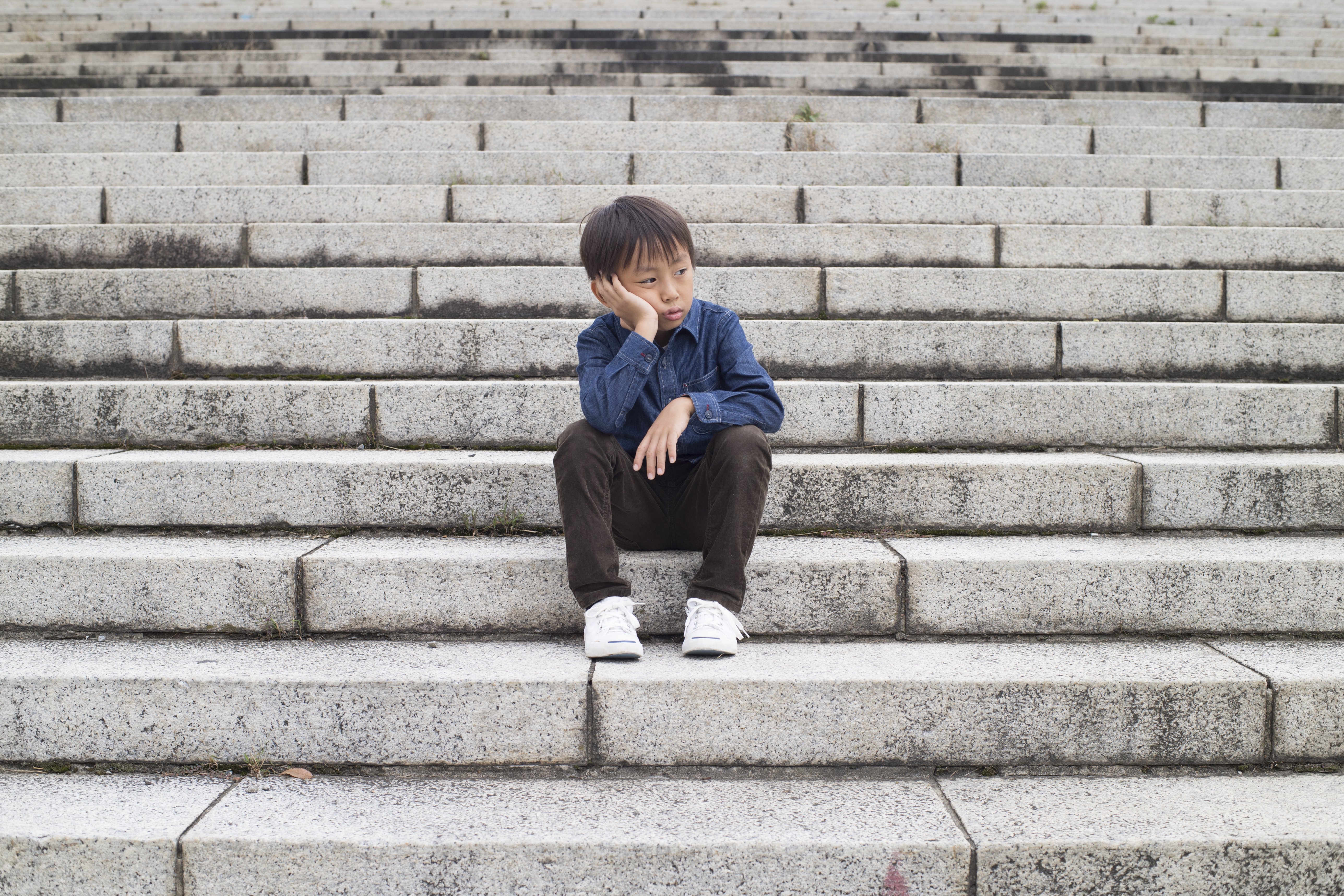Robert Hamrin, writes in his book, Straight From a Dad’s Heart.
Robert Hamrin, writes in his book, Straight From a Dad’s Heart.
Chassler, Sey. 1997. “What teenage girls say about pregnancy.” Washington Post Parade Magazine, 2 February, p. 3. Citing survey from Mark Clements Research Inc., 1996.
John P. Robinson, How Americans Use Time: A Social-Psychological Analysis of Everyday Behavior (New York; Praeger, 1977); 70; see also John P. Robinson, “Caring for Kids,” American Demographics (July 1989: 52.
A 1990 Los Angeles Times poll found that 57 percent of all fathers and 55 percent of all mothers feel guilty about not spending enough time with their children.
Lynn Smith and Bob Sipchen, “Two Career Family Dilemma; Balancing Word and Home,” Los Angeles Times, August 12, 1990: A1
U.S. Bureau of the Census, “Who’s Minding the Kids?” Statistical Brief, U.S. Government Printing Office, Washington, DC April 1994.
deprivation. Even in two-parent households, FEWER THAN 25 PERCENTof young boys and girls experience an average of at least ONE HOUR A DAYof relatively individualized contact with their father.“
The Father factor and the Two Parent Advantage: Reducing the Paternal Deficit.” Paper based on the author’s presentations during 12/17/93 and 4/15/94 White House meetings with Dr. William Galston, Deputy Director of Domestic Policy for President Clinton, Washington, DC.
About 40% of the children who live in fatherless households haven’t seen their fathers in at least a year. Of the remaining 60 percent, only 20 percent sleeps one night per month in the father’s home. Only one in six see their father an average of once or more per week.
Frank F. Furstenberg, Jr. and Christine Winquist Nord, Parenting Apart: Patterns of Child Rearing After Marital Disruption,” Journal of Marriage and the Family (November 1985): 896.
Cox, M.J. et al. “Prediction of Infant-Father and Infant-Mother Attachment.” Developmental Psychology 28 (1992): 474-483.
The proportion of people answering “no” to the question, “should a couple stay together for the sake of the children?” jumped from 51 percent to 82 percent from 1962 to 1985.
Arland Thornton, “Changing Attitudes Toward Family Issues in the United States,” Journal of Marriage and Family 51 (1989): 873-498
–Source: Saluter, Arlene F. “Marital Status and Living Arrangements: March 1995, Update.” US Bureau of the Census. Current Population Report, PPL-52. Washington, DC: GPO, 1997.
A recent poll found that 75% of Americans strongly agree, “children suffer when their parents divorce. –Source: Maggie Gallagher, USA TODAY.
–Source: Bumpass, Larry. “Children and Marital disruption: A Replication and Update.”, Demography 21 (1984): 71-82.
An estimated 24.7 million children live absent from their biological father.
–Source: National Fatherhood Initiative, Father Facts, (3rd Edition): 5. The 1997 Gallup Youth
Survey found the following among U.S. teens:
42% of fathers fail to see their children at all after divorce.
[Frank F. Furstenberg, Jr. and Christine Winguist Nord, “Parenting Apart,” Journal of Marriage and the Family, vol 47, no. 4, November, 1985.]
–Source: Youthviews, Gallup Youth Survey 4 (June, 1997).
Raymond A. Knight and Robert A. Prentky, “The Developmental Antecednts of Adult Adaptations of Rapist Sub-Types,” Criminal Justice and Behavior, Vol 14, Dec., 1987, p 403-426.
71% of pregnant teenagers lack a father.
[US Dept. of Health & Human Services press release, Friday, March 26, 1999.]
63% of youth suicides are from fatherless homes.
[US D.H.H.S., Bureau of the Census.]
[Center for Disease Control.]
[Wray Herbert, “Dousing the Kindlers,” Psychology Today, January, 1985, p.28.]
71% of high school dropouts come from fatherless homes.
[National Principals Association Report on the State of High Schools.]
[Rainbows for all God`s Children.]
[US Dept. of Justice, Special Report, Sept. 1988.]
[Fulton Co. Georgia jail populations, Texas Dept. of Corrections, 1992.]
75% of prisoners grew up without a father.
Daniel Amneus, The Garbage Generation, Alhambra, CA: Primrose Press, 1990.
[US Department of Census.]
Frank Furstenberg and Andrew Cherlin, Divided Families: What Happens to Children When Parents Part (Cambridge: Harvard University Press 1991)
–Source: Billy, John O. G., Karin L. Brewster and William R. Grady. “Contextual Effects on the Sexual Behavior of Adolescent Women.” Journal of Marriage and Family 56(1994): 381-404.
Gallup Poll, 1996. National Center for Fathering. “Father Figures.” Today’s Father 4.1 (1996):8.
State of America’s Children Yearbook 2000, Children’s Defense Fund
One in three children are born to unmarried parents.
State of America’s Children Yearbook 2000, Children’s Defense Fund
National Survey of America’s Families
U.S. Bureau of the census. Statistical Abstract of the United States 1996, 1997.
In 1996, young children living with unmarried mothers were five times as likely to be poor and ten times as likely to be extremely poor.
“One in Four: America’s Youngest Poor.” National Center for children in Poverty. 1996
National Commission on Children. Just the Facts: A Summary of Recent information on America’s Children and their Families. Washington, DC, 1993.
Hong, Gong-Soog and Shelly L. White-Means. “Do Working Mothers Have Healthy Children?” Journal of Family and Economic Issues 14 (Summer 1993): 163-186.
Children in single-parent families are two to three times as likely as children in two-parent families to have emotional and behavioral problems.
U.S. Department of Health and Human Services. National Center for Health Statistics. “National Health Interview Survey.” Hyattsville, MD, 1988.
Three out of four teenage suicides occur in households where a parent has been absent.
Elshtain, Jean Bethke. “Family Matters: The Plight of America’s Children.”
The Christian Century (July 1993): 14-21.






















